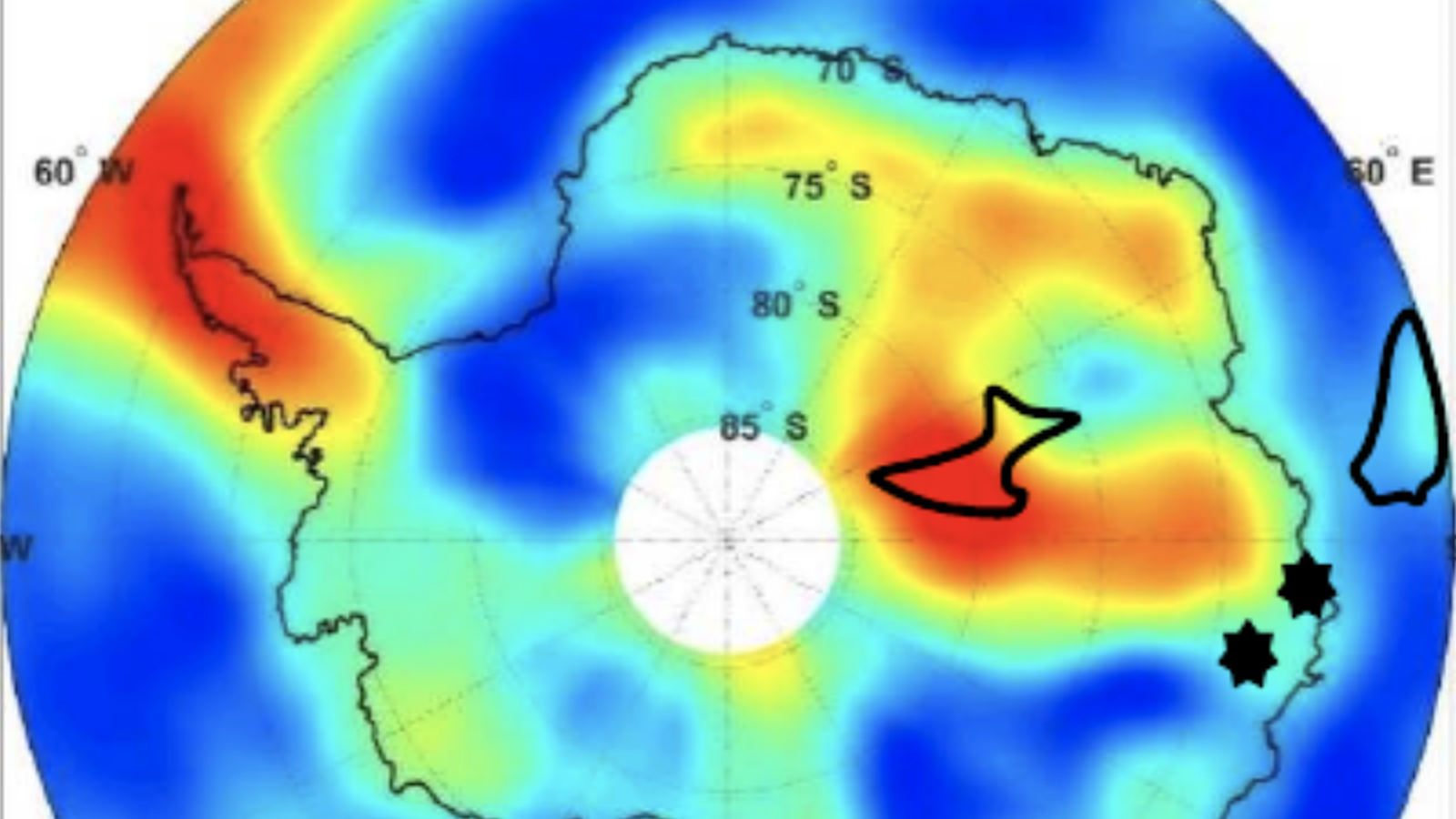A new paper on the Antarctic Moho and its potential isostatic adjustments by Chaoyang Zhang, Ralph von Frese, CK Shum, Tim Leftwich, Hyung Rae Kim, and Sasha Golynsky
This study was led by Chaoyang Zhang, who obtained his Ph.D. degree in Geodetic Science in Summer, 2020 under Prof. CK Shum’s supervision, and now is a post-doctoral fellow at the University of Texas-Austin. Our research updated a seismically inferred Moho model of the Antarctic using satellite gravity data from the European Space Agency’s Gravity Field and Steady-State Ocean Circulation Explorer (GOCE) mission and the computed gravity signals of the crustal terrain inferred mostly from subglacial radio-echo soundings. The differences between the gravity-updated Moho and the seismic Moho tend to map out the warmer lithosphere associated with crustal rifting, mantle plume activity, and subduction along most of western Antarctica. Additionally, the satellite gravity anomalies in the above Figure produced by isostatically uncompensated crustal terrain appear to link the Gamburtsev Subglacial Mountains with the Kerguelen mantle hotspot, and support the presence of a giant meteorite impact basin in Wilkes Land centered roughly on (70oS, 120oE). The methodology presented in this paper also can update any Moho model when improved gravity and terrain data become available. A preprint of this paper is available here.

